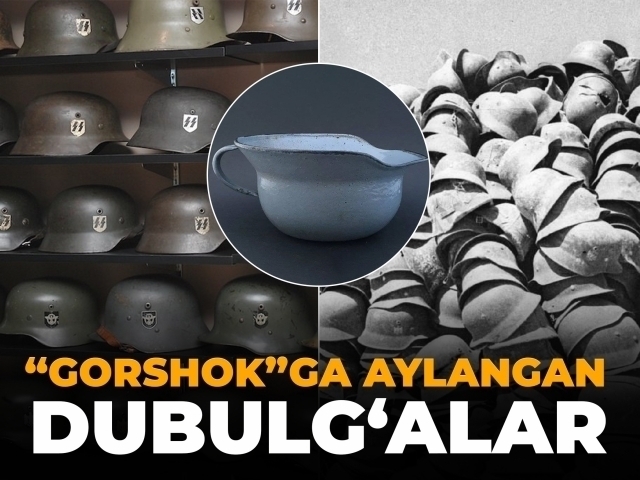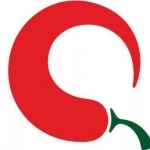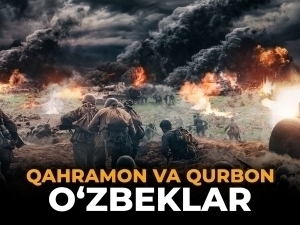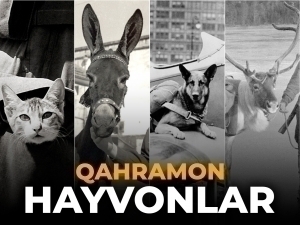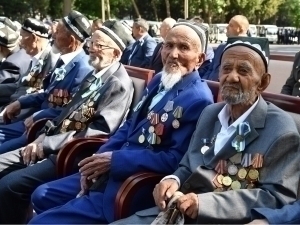From battlefield to backyard: The strange journey of German WWII helmets
Interesting
−
10 May 12685 3 minutes
During World War II, Germany and its allies produced millions of military helmets, including the iconic Stahlhelm and Pickelhaube. But after the war was lost, these helmets—no longer needed or stripped of their owners—found new and unexpected uses, from scrap metal to household containers like chamber pots.
Brief History
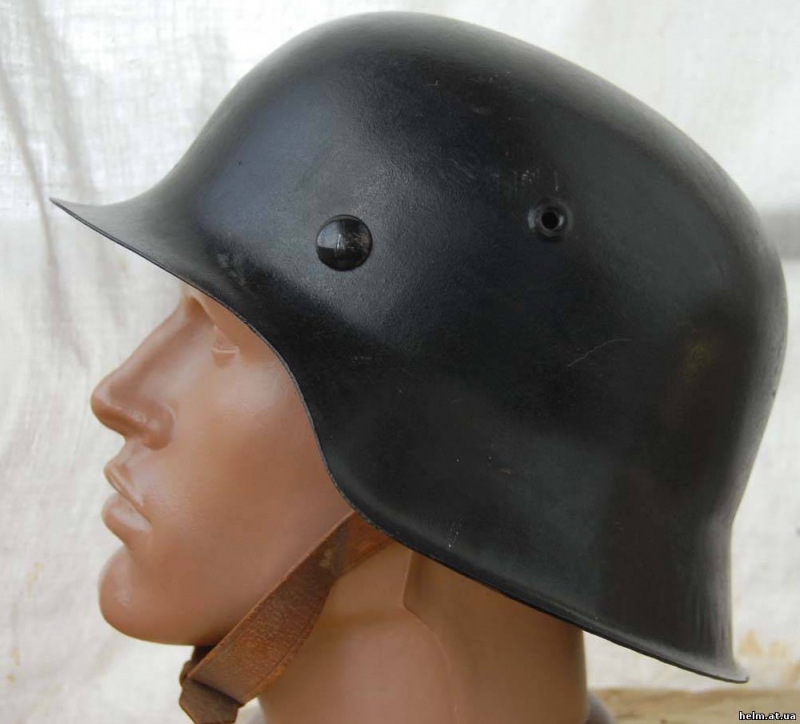
In the 1920s and 1930s, the German government began redesigning its World War I helmets to enhance both appearance and protection. This effort led to the development of the M1935 Stahlhelm, which became the standard combat helmet of the Wehrmacht. Compared to its World War I predecessor, the M1935 was more compact and lightweight. According to historians, the use of this new helmet reduced shrapnel and crushing injuries by up to 70 percent.
Like many items mass-produced during specific historical events—such as medical masks during the COVID-19 pandemic—helmets were essential for a time but became surplus when the conflict ended. However, because these helmets were made from durable metal, they weren't simply discarded. Instead, they were creatively repurposed across various sectors.
Scrap Metal (Metallom)
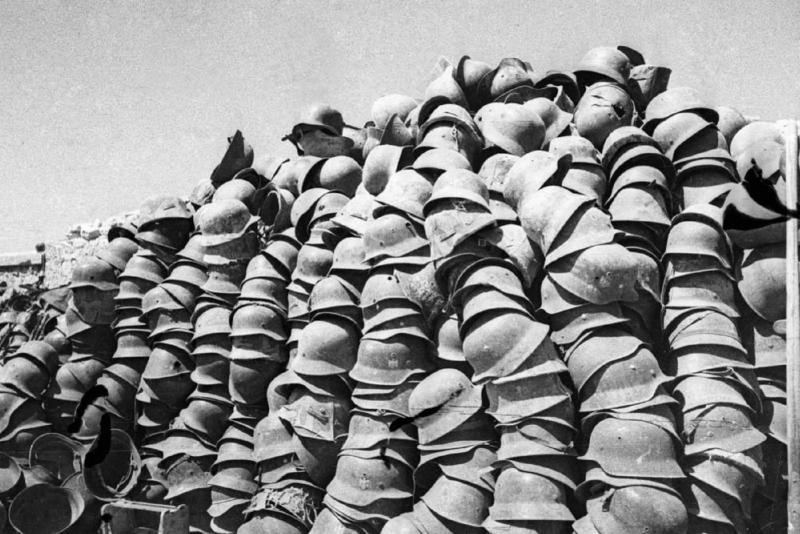
A significant portion of captured German helmets was taken to the Soviet Union as war trophies. As early as 1943, "trophy metallom brigades" were organized to collect scrap metal from liberated territories. These brigades were overseen by Marshal Kliment Voroshilov and included civilians, who were paid 3–5 rubles per German helmet.
In total, these brigades collected 447,741 tons of scrap metal, worth approximately 1.38 billion rubles. Most of the helmets were melted down and recycled. Only a small number were preserved for cultural purposes, ending up in museums or used as props by film studios.
Popular Use in the USSR
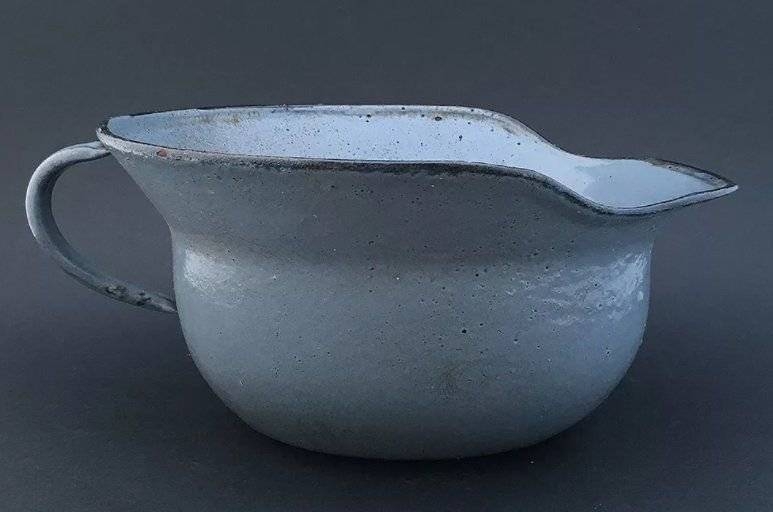
Many German helmets ended up in civilian hands and were repurposed in inventive ways. Thanks to their shape and durability, the helmets became makeshift containers: pots, poultry feeders, and even chamber pots. One of the most popular uses was as a digging tool—locals would weld a pipe onto the helmet to create a deep-digger. These transformations served both practical needs and symbolized the population’s disdain for the former enemy.
Military Reuse
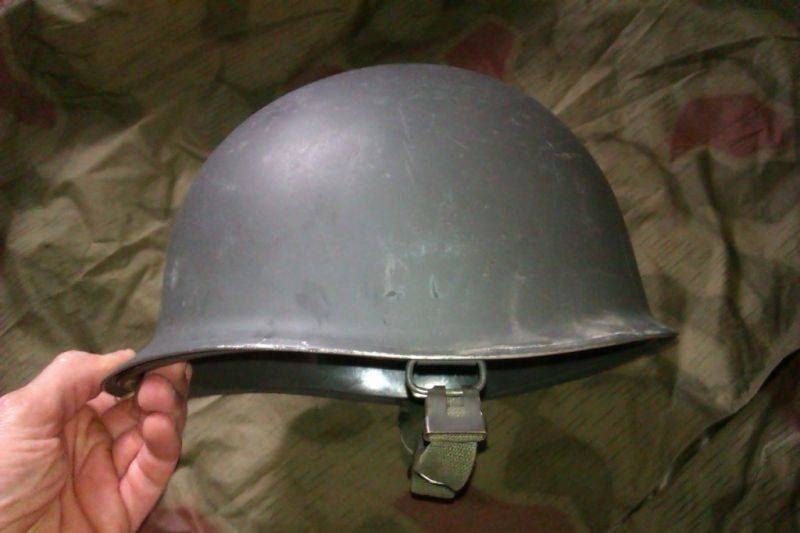
German helmets also had extended military use beyond Germany. The Stahlhelm design was adopted by the armed forces of countries such as Finland, Bulgaria, Romania, Yugoslavia, and China. In fact, the Chilean army still uses a similar design for its ceremonial corps.
Within Germany, some helmets found peaceful second lives in fire safety services. Even today, German firefighters in certain regions use helmets inspired by the old Stahlhelm shape.
Conversion for Civilian Use
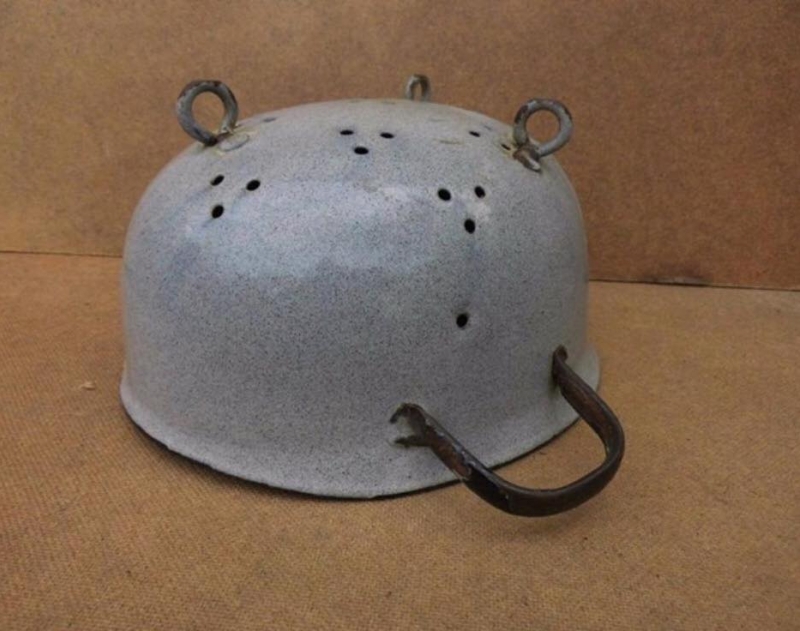
In postwar Germany, as in the USSR, people found practical uses for discarded helmets. But while Soviet citizens mostly did so at a grassroots level, in Germany it reached industrial scale—old helmets were collected and reworked into kitchen utensils and other household tools.
Helmets Dug Up from the Ground
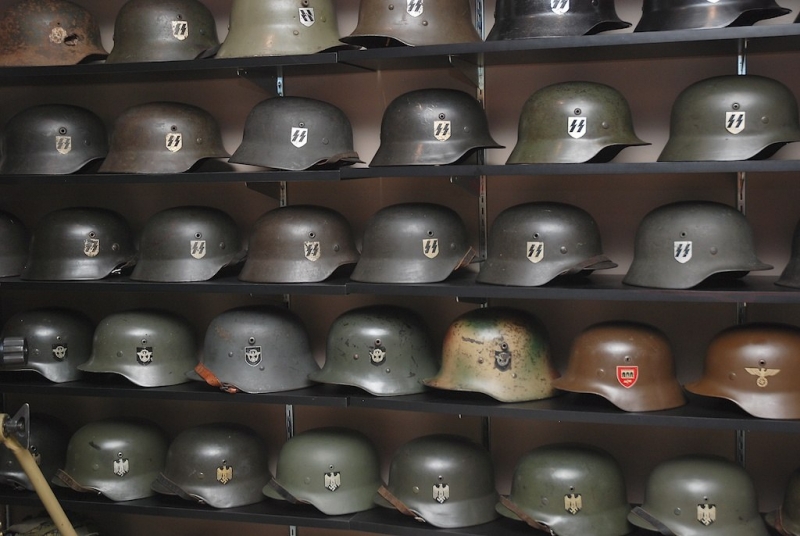
Even decades later, German military helmets continue to be discovered underground. Some are donated to museums, but most end up on the collectors’ market. Prices vary widely: a heavily corroded helmet might sell for as little as 300 rubles, while a pristine one can fetch 40,000–50,000 rubles. On average, a World War II German helmet sells for 15,000–30,000 rubles.
These helmets are primarily bought by historical reenactors, collectors, and military history enthusiasts.
Live
All21 December
21 December
21 December
